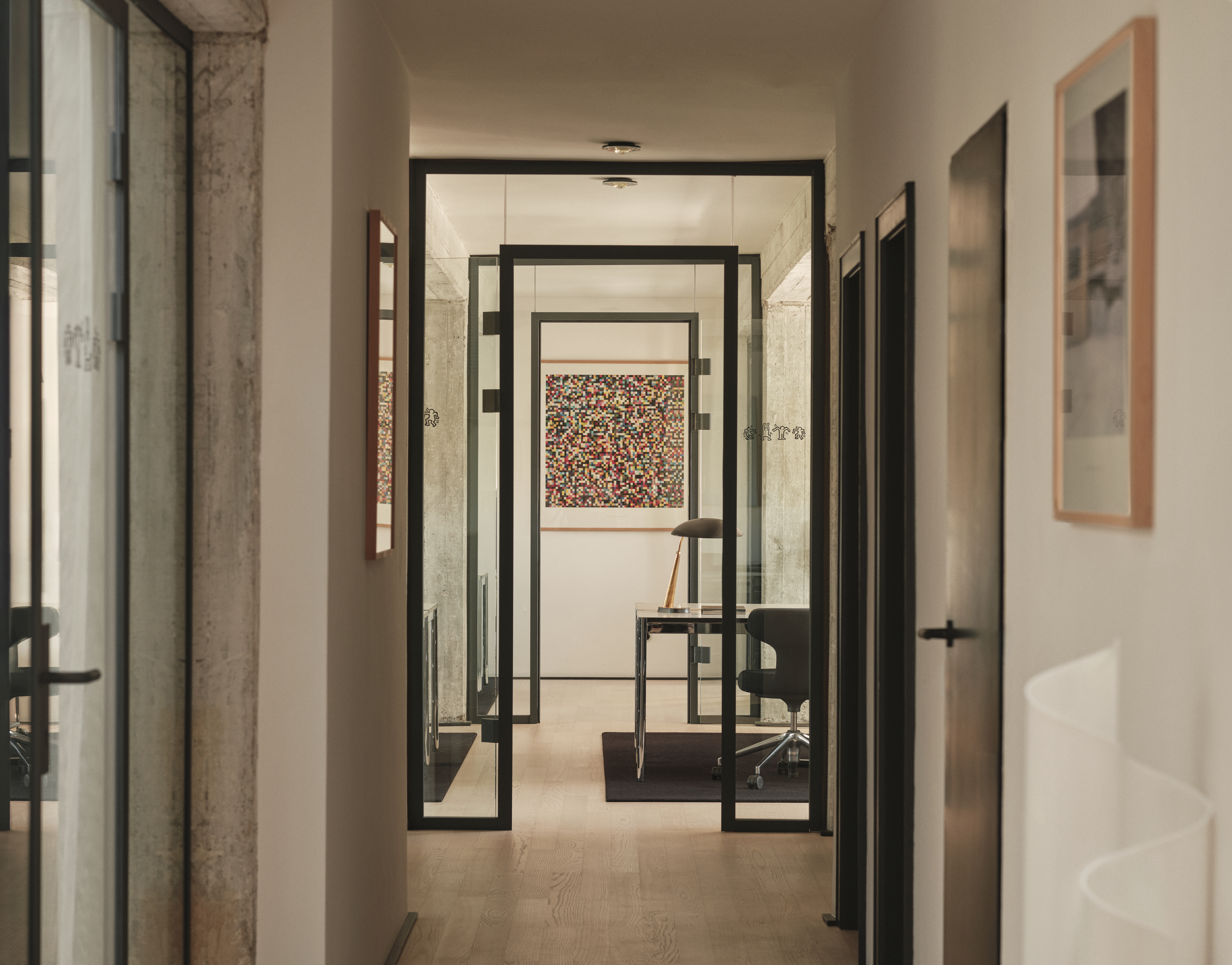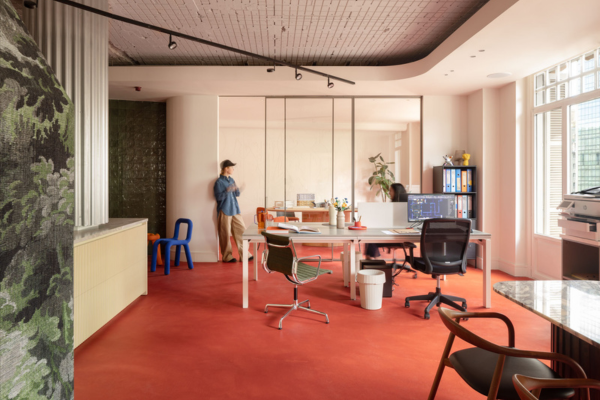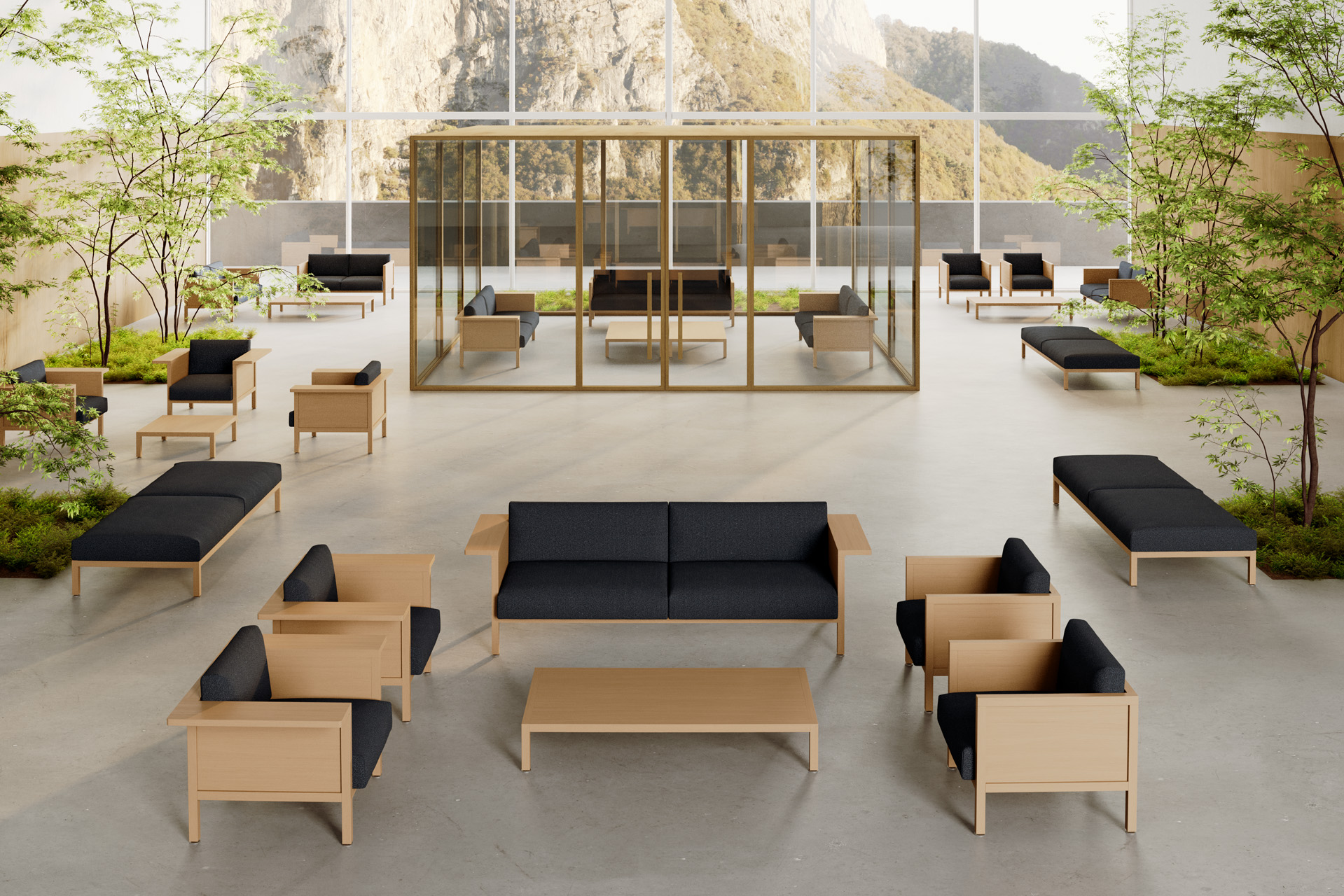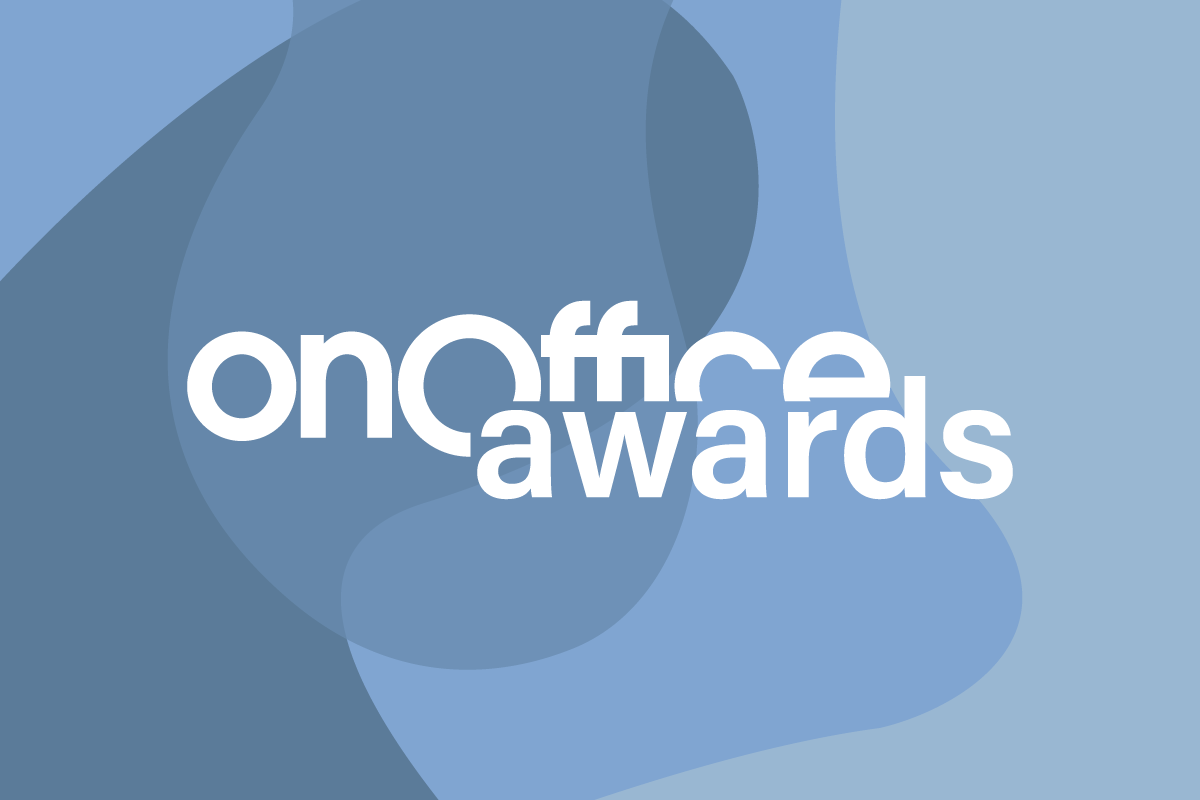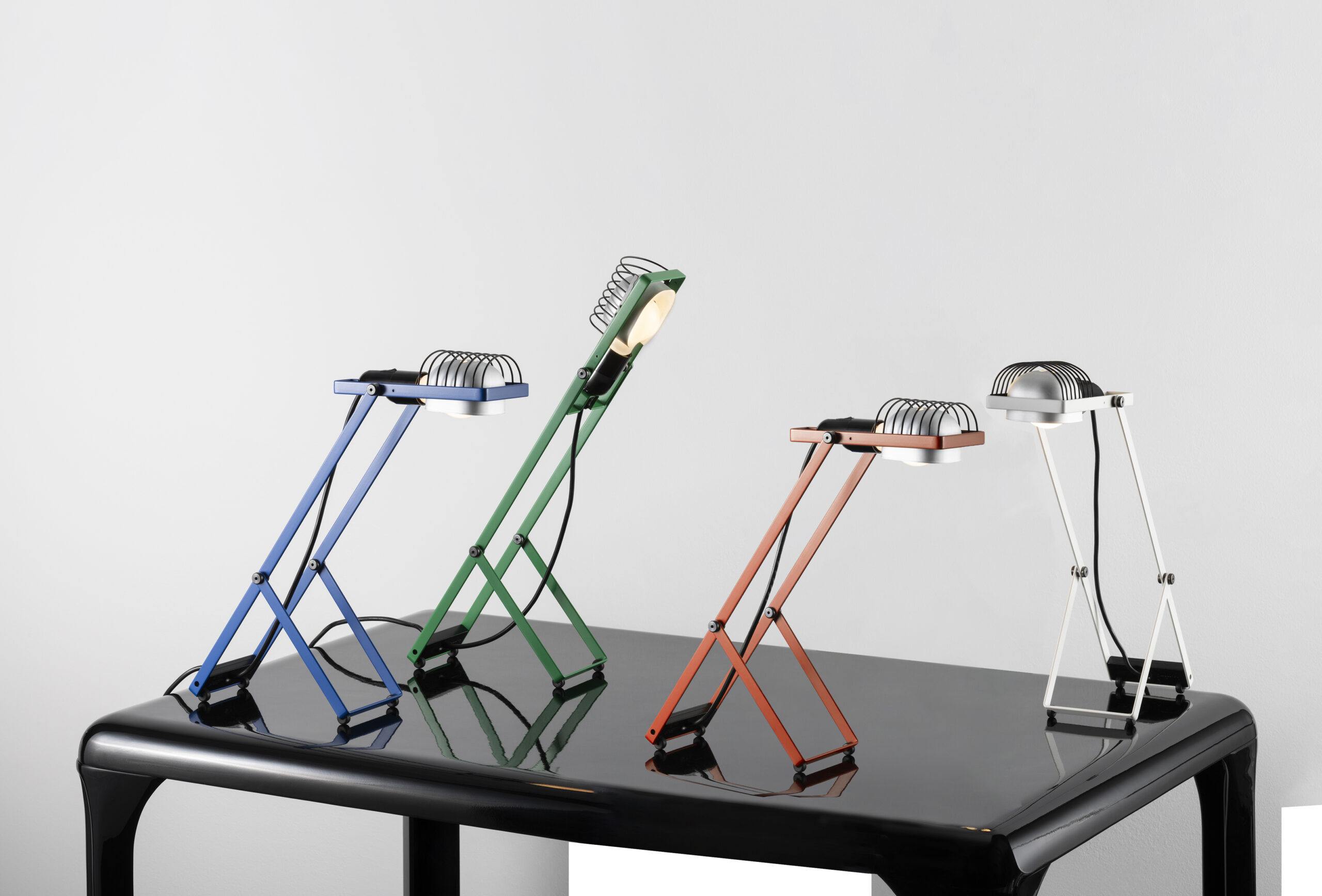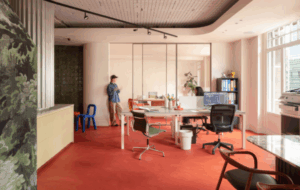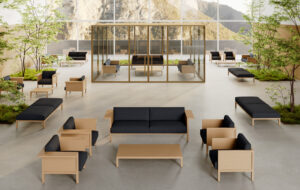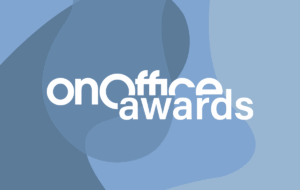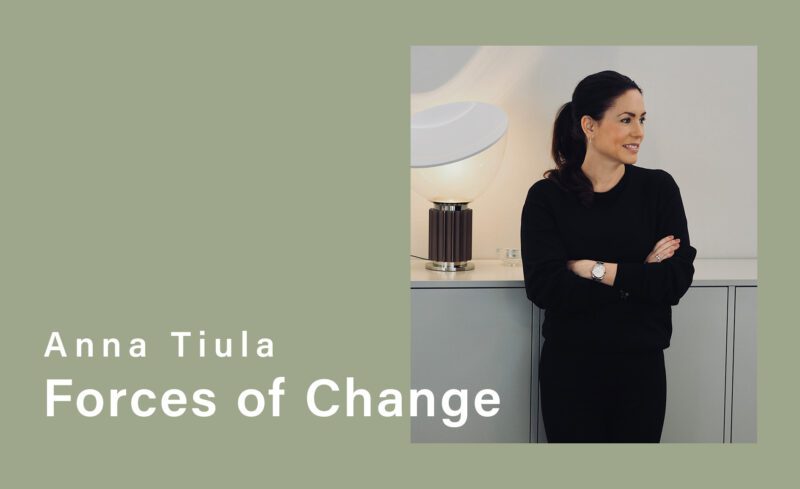
OnOffice sat down with Anna Tiula to discuss how she incorporates Nordic biophilia, positive psychology and sensory design into her work
OnOffice: Can you tell us about your work as an interior designer and Design District Helsinki board member?
Anna Tiula: I’m working as a designer and an advisor with a wellbeing focus. I help my clients to achieve feelings of wellbeing, happiness, serenity and creativity in their spaces. Besides design tools, I work with Nordic biophilia, positive psychology and sensory design.
Design District Helsinki comprises over 200 members in 25 streets of Helsinki. As a board member it’s truly interesting to follow the likes of Artek, Marimekko and national museums. But I’m also inspired to work with smaller design-oriented spots such as restaurants and galleries. It’s a great honour to boost my hometown of Helsinki and its urban design culture.
OO: When did your interest in design and biophilic design begin?
AT: I was both design and art orientated from a child and was lucky to have parents who took me to museums and exhibitions in Finland and abroad. I became interested in biophilic design many years ago and have been interested in people and wellbeing for a long time. I’ve never been a camper, but I can name almost any butterfly in Finland. A wise one once said that it is almost impossible to work as a designer without knowing the surrounding nature. It was a huge opportunity for me as a designer to find the path of biophilic design. I believe that this was how my own signature style was created.
OO: Can you tell us a bit more about biophilia and its impact in creating human-centred spaces that benefit our wellbeing?
AT: Sleeping problems, anxiety, headaches, nausea, high blood pressure, digestive symptoms, back pains, low mood, unrecognisable irritations, hormonal imbalance, dependency – a very typical list of symptoms for urban dwellers today. We spend 90% of our time inside – with many of us spending days and nights in the same surroundings – which our nervous system wasn’t designed for.
If we are living in very untypical, unnatural circumstances, the nervous system doesn’t know how to adapt. It doesn’t have, for example, the natural signs to calm down. It is scientifically proven that we feel better if we have a connection to nature. Fresh air instead of air conditioning, natural light instead of blue LED, natural materials with natural scents instead of toxic plastics, symmetry instead of irregularity, visible signs of nature instead of all man-made, dim colours instead of aggressive triggers. It’s fascinating to learn more about ourselves and to find out how much biophilic interiors improve our wellbeing.
OO: Can you describe your workspace and how this impacts your creativity and wellbeing?
AT: Helsinki Interiors is situated in the heart of Design District Helsinki – in a Jugendstil building from 1908. I enjoy stories and history of people, places and architecture. That’s why I have many vintage pieces in my office – when you know the stories of this furniture, it feels like you’re enjoying the company of old and wise people.
When working, I go for tranquil and natural surroundings. A subdued and soft colour palette is a must for me. We have a lounge-type space, a darker room for discussions, rest and reading. Big north-facing windows allow in lots of daylight. I have learned to listen to myself over the course of the workday. My working environment must adapt to my needs rather than me adapting to the interior.
OO: Can you describe an ideal working day?
AT: Exactly – a workday. I never work at night-time anymore. I do recognise the tranquillity of the night, but my journey through biophilia, positive psychology and neuroscience has taught me that it’s better for me to work from morning until the afternoon. My journey has taught me to start the day with tasks that require focus and to continue with more social interaction like out-of-office visits in the afternoon. I consider my day to be a mental and cognitive success if the morning is good.
OO: Can you tell us about your future projects?
AT: My work is more and more wellbeing focused. Previously – before Covid – design’s potential to serve people’s wellbeing and happiness, was not well known. The interest towards this point of view is increasing, which of course is encouraging. I’m also feeling happy to be an ambassador for design work other than just for a consuming purpose. Being on the board of Design District Helsinki will certainly be interesting over this coming year.
OO: What are you currently reading or listening to?
AT: Apart from my field of work in wellbeing design, which needs continuous studying – since childhood, including my studies in university, I have been interested in various cultures. In the evenings I’m currently reading Gaston Dorren’s book Babel: Around the World in Twenty Languages. It’s a delightful comparison of characteristics, languages and communication in the world.
OO: Where can we follow you and find out more about your work?
AT: LinkedIn, where I’m happy to connect @anna-tiula, and Instagram for behind the scenes and shots of Helsinki @annatiula.
Image by Claudio Nava
As featured in OnOffice 162, Spring 2023. Read a digital version of the issue for free.

